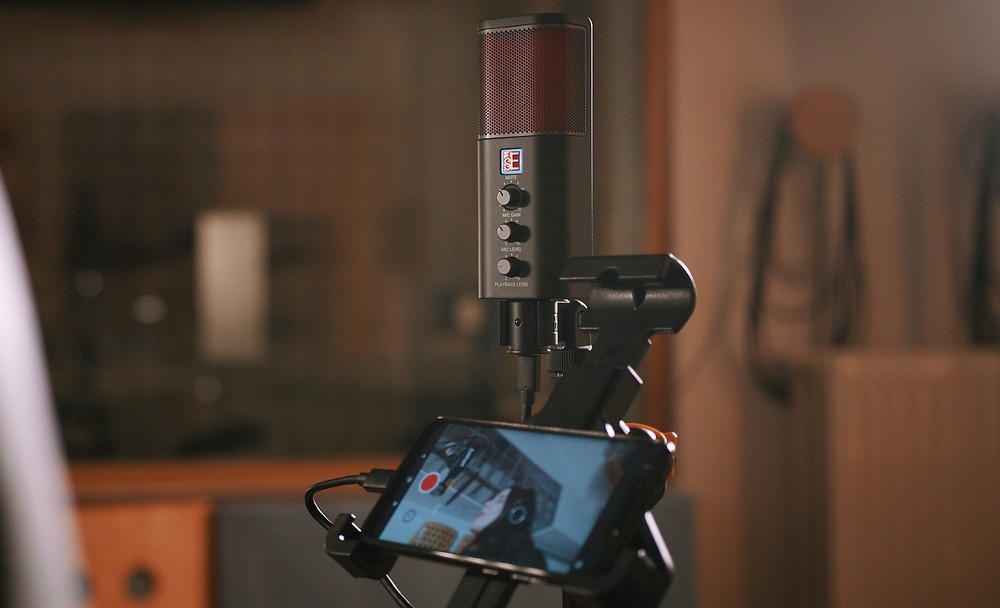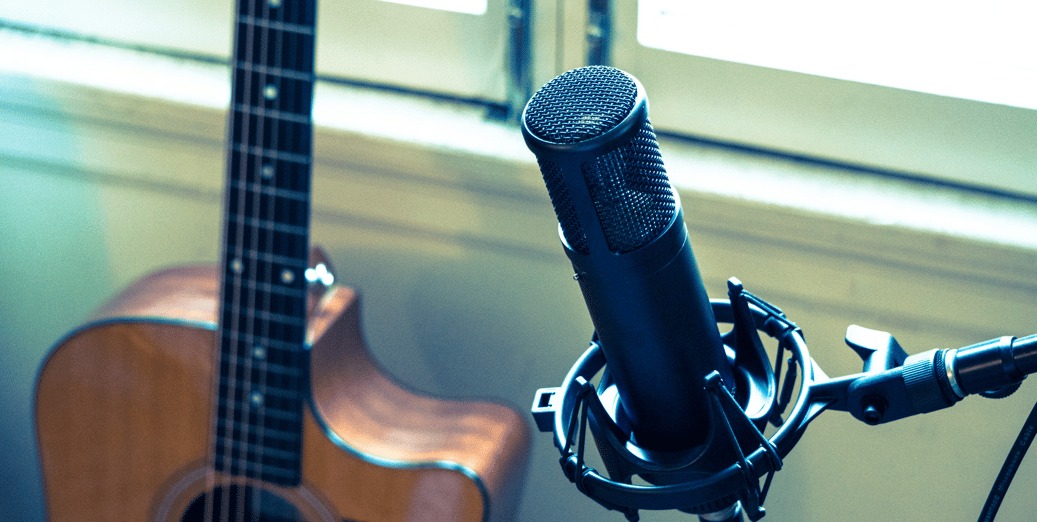When it comes to recording, microphones are at the heart of everything. But with so many options—dynamic, condenser, ribbon, and more—it’s easy to feel overwhelmed. Why are there so many different types, and how do you choose the right one? Whether you’re setting up for a live gig, recording in the studio, or just playing around with new sounds at home, choosing the right microphone can make all the difference.
This quick guide will break down the basics and help you understand the different microphone types, their uses, and which one might work best for you.
Why Are There So Many Microphone Types?
If you’ve ever walked into a music store or browsed online for microphones, you’ve probably noticed the overwhelming variety. There are dynamic, condenser, ribbon mics, and more—each with its own pros and cons. But why?
The answer is simple: different situations call for different tools. A dynamic mic might be perfect for live performances because of its durability and ability to handle loud sounds. On the other hand, a condenser mic is often better for studio recordings because of its sensitivity and accuracy in capturing details. Just like any tool in your musical arsenal, the right microphone depends on what you’re trying to achieve.

Types of Microphones: What’s the Difference?
Before you start shopping, it’s important to know the basic types of microphones and their key features.
1. Dynamic Microphones
Dynamic mics are the workhorses of the microphone world. They’re tough, durable, and can handle high sound pressure levels (SPL) without distortion. This makes them perfect for live performances or recording loud instruments like drums or electric guitars.
- Best for: Live performances, drums, guitar amps, loud environments
- Popular models: Shure SM58, Shure SM7B
2. Condenser Microphones
Condenser mics are known for their sensitivity and wide frequency range, which makes them great for capturing intricate details. This makes them ideal for studio settings where precision is key. Condensers come in two varieties—large diaphragm and small diaphragm—depending on what you’re recording.
- Best for: Studio vocals, acoustic instruments, softer sounds
- Popular models: Audio-Technica AT2020, Neumann U87
3. Ribbon Microphones
Ribbon mics have a warm, vintage sound that many musicians love. They work by using a thin metal ribbon suspended in a magnetic field to capture sound waves. While they can be more fragile than other types, modern ribbon mics have been made more durable for today’s studios.
- Best for: Vocals, guitars, capturing vintage tones
- Popular models: Royer R-121, AEA R84
Polar Patterns: How Your Mic “Hears”
Every microphone has a polar pattern, which determines how it picks up sound from different directions. Here are the most common types:
- Cardioid: Picks up sound from the front and rejects noise from the sides and back. This is the most common polar pattern and is perfect for vocals and instruments in noisy environments.
- Omnidirectional: Picks up sound equally from all directions. These mics are great for recording groups of people or capturing the ambiance of a space.
- Bidirectional (Figure-8): Picks up sound from the front and back but rejects sound from the sides. Ideal for capturing duets or two instruments at once.

Frequency Response: What’s Your Sound?
Every microphone has its own frequency response, which is the range of frequencies it can capture. A flat frequency response captures sound as naturally as possible, while a shaped response might enhance certain frequencies (like boosting treble or bass). Knowing the frequency response of a microphone helps you decide which one is best for your specific sound needs.
For example, if you’re recording vocals, you might want a mic that boosts the upper mids to make the voice stand out in the mix. If you’re recording bass, you’ll want something that can handle lower frequencies without distortion.
What Mic Is Right for You?
So, now that you know the basics, how do you pick the right mic? It all comes down to your specific needs.
- For live performances: Go with a dynamic microphone like the Shure SM58. It’s durable, affordable, and works great in loud environments.
- For studio vocals: A condenser microphone like the Audio-Technica AT2020 will give you the detail and sensitivity you need for clear, rich recordings.
- For electric guitar amps: Try a dynamic microphone like the Shure SM7B or even a ribbon microphone if you’re going for a more vintage tone.
- For acoustic instruments: A small diaphragm condenser microphone is perfect for capturing the subtle nuances of instruments like acoustic guitars or violins.
Final Thoughts: Choosing the Right Mic
At the end of the day, choosing the right microphone is about finding the one that best suits your needs and sound. Each mic type has its strengths and weaknesses, but the more you understand them, the better equipped you’ll be to make the right choice. Whether you’re recording in a home studio or getting ready for a live gig, having the right microphone will elevate your sound to new heights.
If you’re still unsure about which microphone is best for your setup, come visit us at Tone Tailors. Our team can help guide you through the options and find the perfect mic for your next project.
